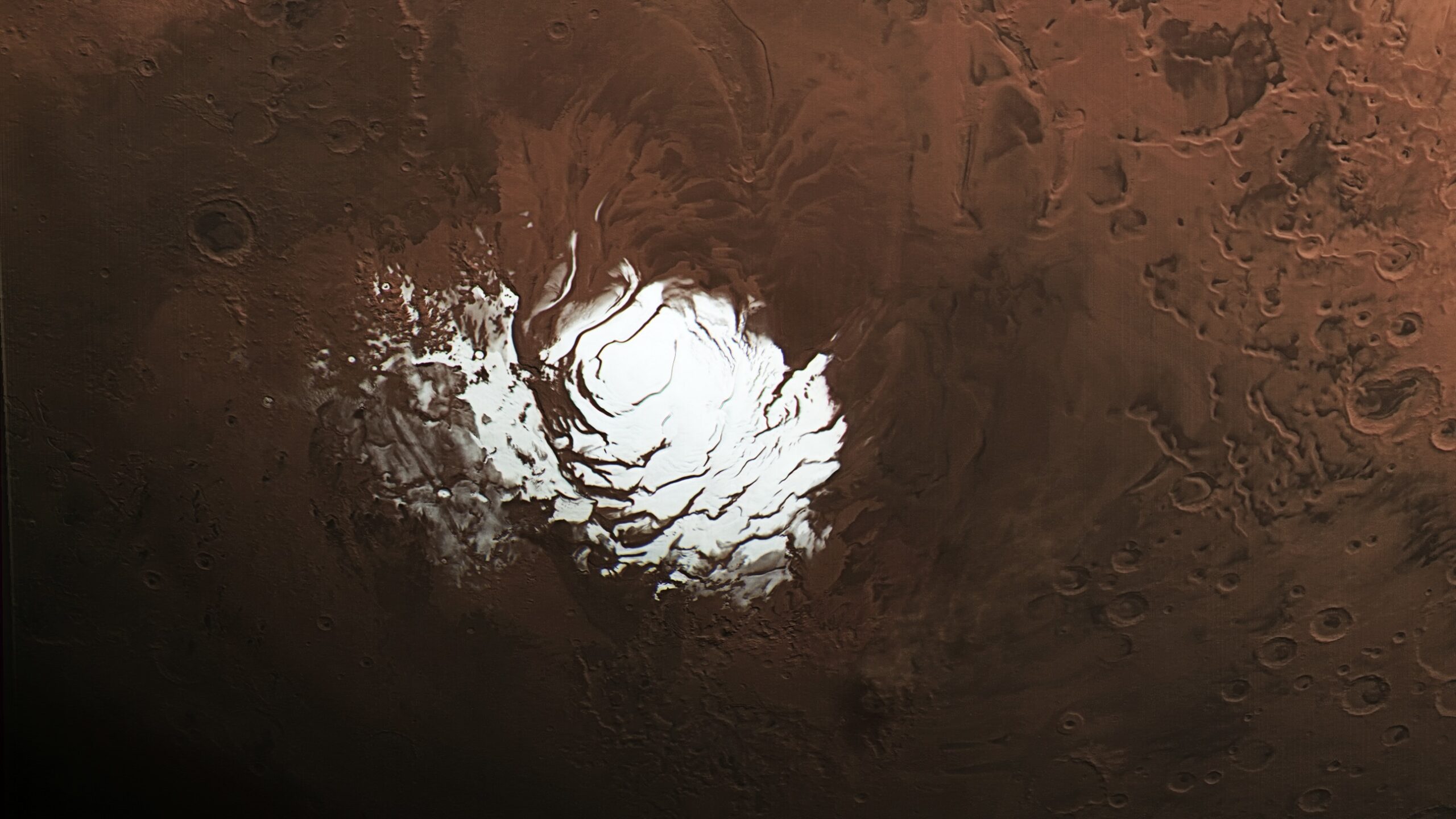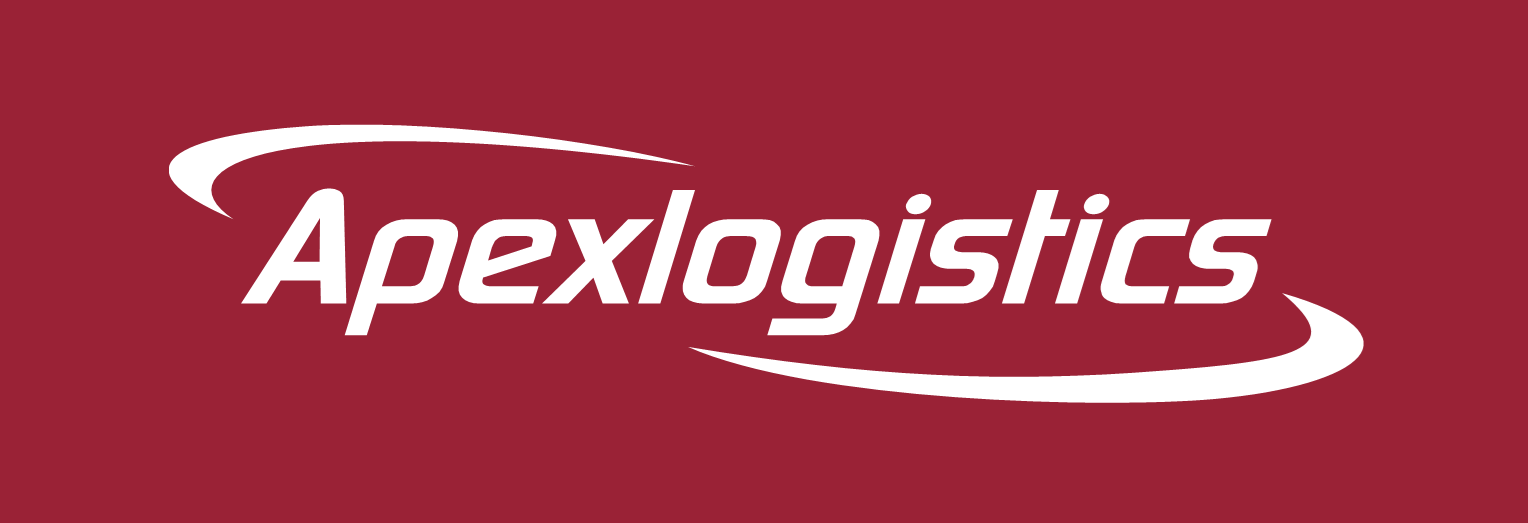…

Arsenal Women will host local rivals Tottenham Hotspur Women in the Barclays Women’s Super League on Sunday, March 29 at Emirates Stadium with kick off at 2:00pm (subject to change due to broadcast).
If you would like to join us at Emirates…

On sticking together as a team…
The most important thing is we stick together no matter what happens, but we also demand more from each other because we need to perform together as a team. That’s what the club deserves, what the fans deserve and…

Get ready to show your resolve in the final event of the latest Season of Pokémon GO: Tales of Transformation! You’ve strengthened your bond with Keldeo all Season long, and soon you’ll be able to…

This photo of the Aurora Borealis storm was taken in Fairbanks, Alaska, Nov. 12. The
…

This photo of the Aurora Borealis storm was taken in Fairbanks, Alaska, Nov. 12. The
…

Results from an enhanced radar technique have demonstrated improvement to sub-surface observations of Mars.
NASA’s Mars Reconnaissance Orbiter (MRO) has revisited and raised new questions about a mysterious feature buried beneath thousands…

For a split second over northern Italy, the night sky erupted with a colossal glowing red ring. One photographer was in the right place at the right time.

Apex Logistics signed an agreement to acquire the majority of shares of Andes Integración Logística. The transaction will enhance Apex Logistics’ offering in Latin America and support its strategic development goals.
Andes Integración Logística, established in 2008, offers a comprehensive range of logistics services, including international air and sea freight, land transportation, warehousing, and distribution. Over the past 17 years, the company has experienced significant growth and today provides services in Chile, Colombia, Argentina, Peru, Paraguay, Uruguay, Bolivia, the USA, and China.
As one of the leading logistics providers in South America, Andes Integración Logística handles over 90,000 TEUs (twenty-foot equivalent unit) of ocean shipping containers and 40,000 tons of airfreight annually. The company has a proven track record and extensive experience in the perishables sector, shipping various seasonal fresh products, including salmon, cherries, berries, and mangoes, to Asia and across the world. Additionally, they serve key industries, including automotive, high-tech, industrial, fashion, and retail.
Once the acquisition will be finalised, the two companies will greatly improve their complementary joint value proposition in the Americas. Apex’ established charter and commercial flight networks between Asia and North America, combined with Andes’ local talent and expertise, are designed to create strong logistics solutions maximizing the strategic potential within Latin America.
Mr. Tony Song, CEO of Apex Logistics Group, says: “This acquisition significantly enhances our presence in the region as part of our growth strategy in Latin America. Andes Integración Logística’s expertise in fresh and cold chain logistics supplements Apex’s investments in similar areas in North America very well. We will have a dedicated perishables team of over 100 professionals and expand our cold-chain warehousing capacity, which will include temperature-controlled facilities exceeding 60,000 square feet, across LAX and SFO. A fleet of more than 10 refrigerated trucks supports this expansion.”
Ms. Elsie Qian, CEO of Apex Logistics Americas, says: “With our strong customer proximity, relationship, and extensive operational experience in North America, the transaction and partnership with Andes Integración Logística will enable us to complement our customer’s service coverage into South America, broadening our regional network and unlocking exciting new growth opportunities.”
Andes Integración Logística will continue to be managed by its experienced leadership team while maintaining its independent operational capabilities. The global network, resources, and solutions of the Apex Logistics Group will support this.
As part of a joint branding initiative, it is foreseen that Andes Integración Logística will become Andes by Apex. This change will reflect the shared commitment of both companies to grow together as strategic partners.
The transaction is still subject to customary closing conditions and approval by the competent authorities.